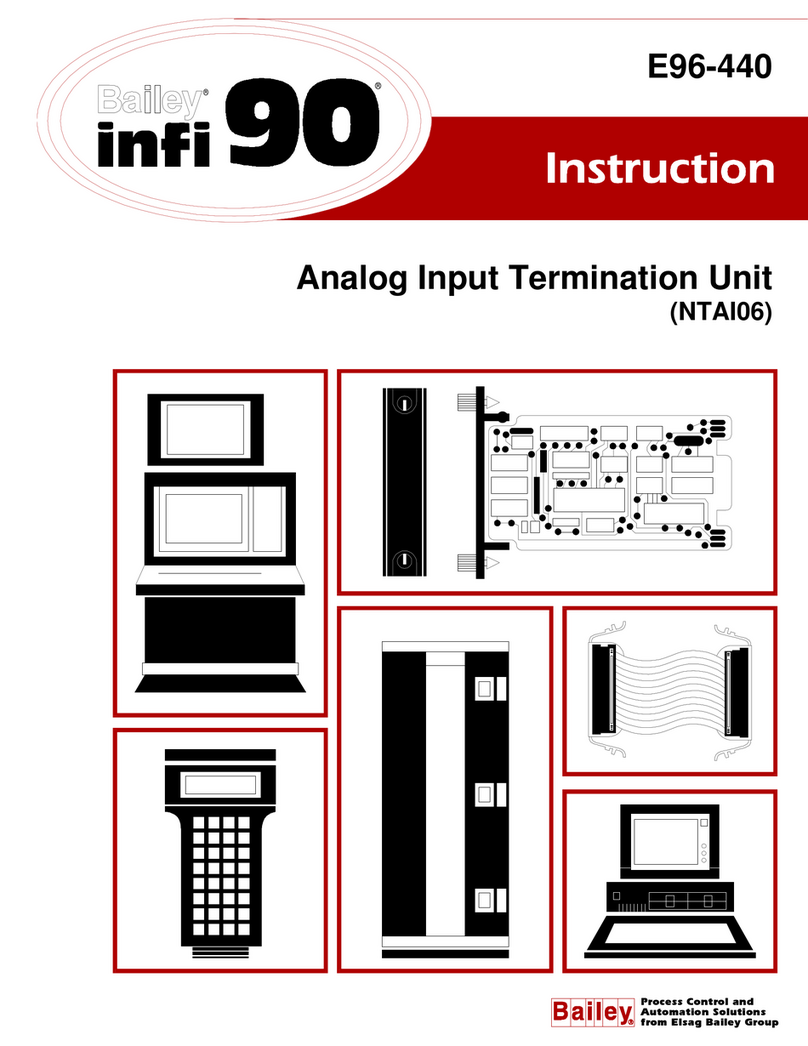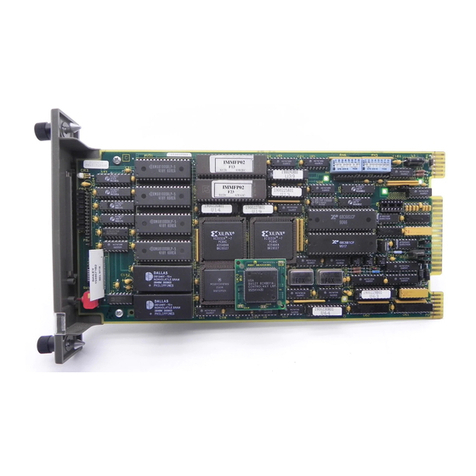
Table of Contents
Page
I-E97-811-21B iii
SECTION 1 - INTRODUCTION....................................................................................................1-1
OVERVIEW ..................................................................................................................1-1
REQUIREMENTS .........................................................................................................1-1
Hardware Requirements.........................................................................................1-1
Software Requirements ..........................................................................................1-2
GLOSSARY...................................................................................................................1-2
REFERENCES..............................................................................................................1-3
SECTION 2 - INSTALLATION.....................................................................................................2-1
SETUP DETAILS FOR RS-232-C/485 CONVERTERS ....................................................2-1
PSD ASSOCIATED FILES DIRECTORY ASSIGNMENTS.................................................2-2
SECTION 3 - CONFIGURATION.................................................................................................3-1
PSD START-UP FILE ....................................................................................................3-1
PSD DATA TYPE ASSOCIATION WITH HARMONY DATA TYPES ....................................3-2
Harmony Data Type 0, Unsigned Integer ................................................................3-3
Harmony Data Type 4, Float ..................................................................................3-3
Harmony Data Type 5, Double ...............................................................................3-3
Harmony Data Type 8, Byte Oriented Digital ..........................................................3-3
Harmony Data Type 12, ASCII Text ........................................................................3-3
SECTION 4 - OPERATION..........................................................................................................4-1
OVERVIEW ..................................................................................................................4-1
PSD AND EXECUTIVE INTERDEPENDENCE ................................................................4-1
THE PSD START-UP SEQUENCE .................................................................................4-1
PSD PRIMARY FUNCTIONS ..........................................................................................4-2
PROTOCOL/DEVICE SPECIFIC ADDRESSING VALIDATION ........................................4-2
APPENDIX A - MICRO-DCI CONTROLLER DATA ADDRESSING..........................................A-1
MICRO-DCI CONTROLLER DATA ADDRESSING ......................................................... A-1
APPENDIX B - ERROR MESSAGE TABLE...............................................................................B-1
ERROR MESSAGE TABLE........................................................................................... B-1
APPENDIX C - MODBUS CABLE CONNECTIONS...................................................................C-1
MICRO-DCI CABLE CONNECTIONS ............................................................................ C-1





























